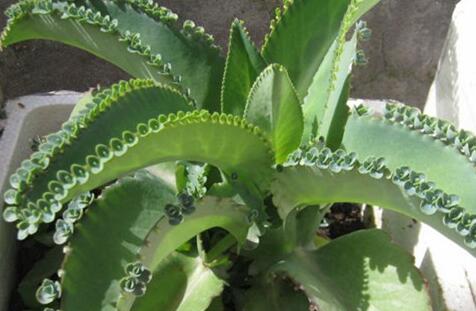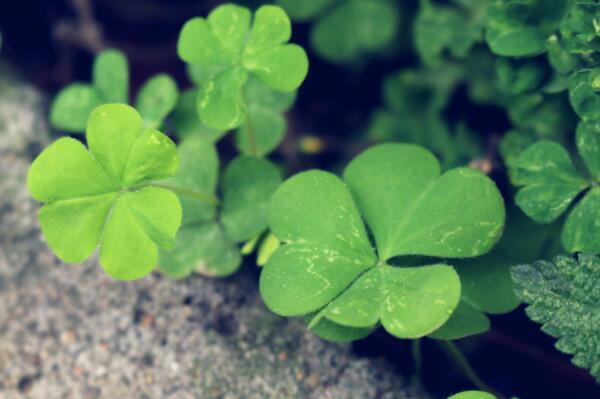Will plants blossom when they take root on the ground? Will you die after flowering? How should it be maintained?
Root on the ground, perennial herbs, 40-150 cm high, native to Africa, cultivated all over China, cultivated for ornamental use. So, will it blossom if it takes root on the ground? Will you die after flowering? How should it be maintained?

Will it blossom if it takes root on the ground? Will you die after flowering?
It will blossom when it takes root on the ground, and its flowering period is usually from January to March. However, once this kind of flower blossoms, it will consume a lot of its own stored nutrients, and it will usually die after flowering, so it will not easily blossom when it takes root, which makes people mistakenly think that it will not bloom.
It is a very common succulent plant, its reproduction is very simple, its ability is very powerful, and its name generally lives up to its name. It only takes a little bit to grow new plants and can reproduce in a very short period of time. Its flowering date is from January to March, many people say that it does not have the ability to grow flowers, this is wrong, if it grows flowers, it will consume its accumulated nutrients, so it rarely grows flowers, and it is easy to die after flowers are in full bloom.
Second, how to take root on the ground?
1. Pruning
If the plant grows old, the stem becomes woody gradually, and its growth is not good-looking and straight, its viewing effect will be reduced, and a section of the stem should be removed to help it grow new stems faster. The disease-free part of it can be cut to reproduce, and rotten leaves and sandy soil can be mixed as a substrate.
2. Water and fertilizer
Watering needs to wait until the soil is dry, do not worry about its lack of water, because it is more resistant to drought. You don't have to fatten up too many times, or you will rot if you grow too strong. Give enough sunlight, or the edges of the leaves will fade. The temperature is still relatively low during the blooming season, and the house needs to be kept above seven degrees Celsius.
3. Pest control
During flowering, it is easy to attract some bugs, and it may also affect your health because of diseases. If you have powdery mildew or aphids, you can spray thiophanate methyl with a concentration of 70%. Or spray with dimethoate EC at a concentration of 40%.
Time: 2019-04-09 Click:
- Prev

How much is the seed price of "lucky clover" clover? When will the seeds be sown? How do you plant it? The fancy language is
Clover is a general term for a variety of herbs with three finger-shaped compound leaves, which mainly includes three types: clover of Leguminosae (considered to be the most authentic clover) and some species of sorrel of Alfalfa and Oxalis. How much is the price of clover seeds per jin? When will the seeds be sown? How to plant
- Next

Arbor dragon claw Robinia pseudoacacia seedlings about how much a price? When will it blossom? How to plant and trim? The moral is that
Robinia pseudoacacia is a bud variety of Robinia pseudoacacia, also known as Robinia pseudoacacia, Robinia pseudoacacia, is a tree, up to 25 meters high; the bark is grayish brown and has longitudinal cracks. Branches of that year green, glabrous. How much is the price of Robinia pseudoacacia seedlings? When will it blossom? How to plant and trim? What is the moral? According to legume data,
Related
- Fuxing push coffee new agricultural production and marketing class: lack of small-scale processing plants
- Jujube rice field leisure farm deep ploughing Yilan for five years to create a space for organic food and play
- Nongyu Farm-A trial of organic papaya for brave women with advanced technology
- Four points for attention in the prevention and control of diseases and insect pests of edible fungi
- How to add nutrient solution to Edible Fungi
- Is there any good way to control edible fungus mites?
- Open Inoculation Technology of Edible Fungi
- Is there any clever way to use fertilizer for edible fungus in winter?
- What agents are used to kill the pathogens of edible fungi in the mushroom shed?
- Rapid drying of Edible Fungi

